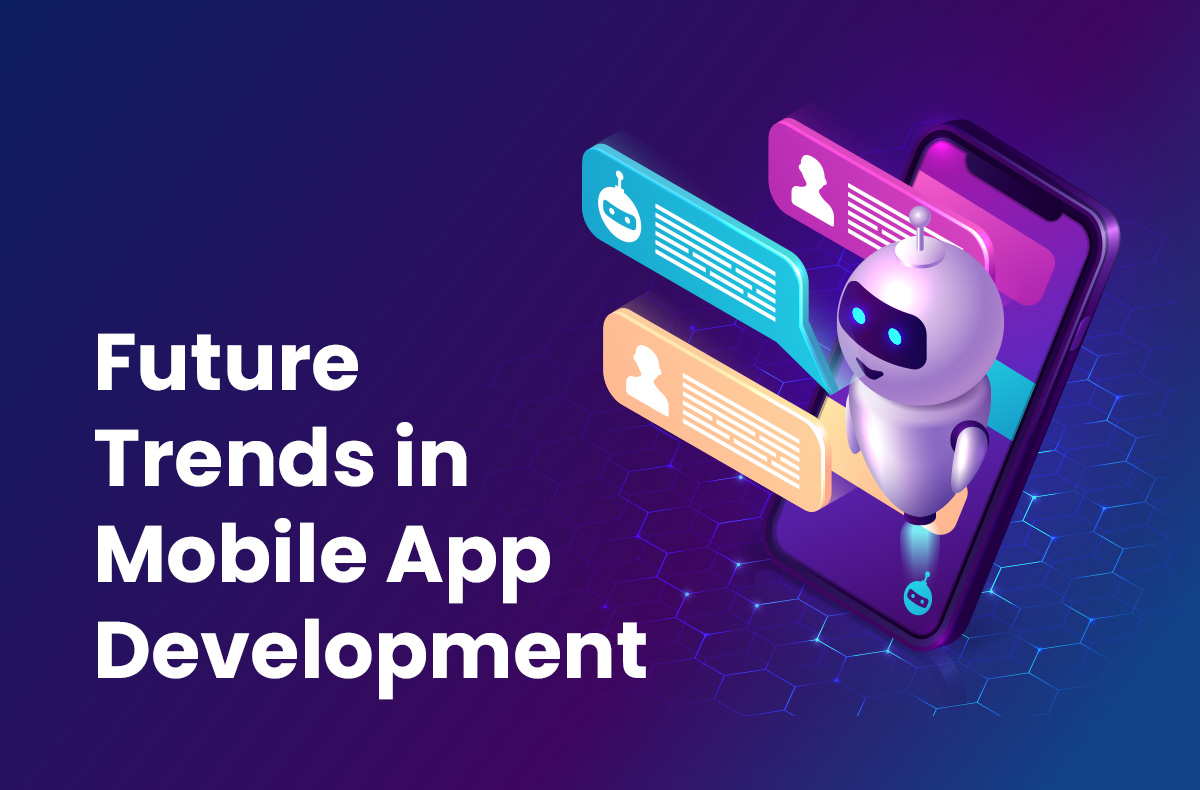Introduction: The field of mobile application development is always looking for new and creative methods to improve user experience because technology is advancing at a rate that has never been seen before. Touchless user interfaces (UI) are one such new trend that is gaining popularity. They provide a fluid and natural interaction experience without requiring physical contact. Investigating the potential of touchless UI becomes essential as we look towards the future of mobile app development.
Touchless UI, also referred to as gesture-based interaction, leverages motion sensors, cameras, and advanced algorithms to interpret user gestures and commands. This technology enables users to navigate through applications, perform tasks, and access information without tapping or swiping on the screen. With the growing demand for hands-free interaction, touchless UI has the potential to revolutionize the way users engage with mobile apps.
The integration of touchless UI in mobile applications opens up a myriad of possibilities across various industries. In healthcare, for instance, touchless interfaces can facilitate hands-free operation of medical apps, allowing healthcare professionals to access patient records, input data, and navigate interfaces without compromising hygiene protocols. Similarly, in retail environments, touchless UI can enhance the shopping experience by enabling customers to browse products, make purchases, and receive personalized recommendations through simple gestures.
Moreover, touchless UI aligns with the rising popularity of voice-controlled assistants and smart devices. By incorporating voice recognition technology alongside gesture recognition, mobile applications can offer a more natural and intuitive user experience. Users can interact with their devices and applications effortlessly, whether it’s dictating messages, initiating calls, or controlling smart home devices, all without lifting a finger.
As we envision the future of mobile application development, several key trends emerge in conjunction with touchless UI:
Augmented Reality (AR) Integration: Touchless UI combined with AR technology can create immersive experiences where users interact with virtual elements overlaid onto the physical world. From gaming to education and retail, AR-enhanced touchless interfaces can revolutionize how users engage with mobile applications.
Biometric Authentication: With touchless UI, biometric authentication methods such as facial recognition and iris scanning gain prominence. These secure and convenient authentication mechanisms offer users a seamless login experience while ensuring data privacy and security.
Health Monitoring and Wellness Apps: Touchless UI can play a pivotal role in health monitoring applications, enabling users to track vital signs, perform exercises, and access wellness resources through gesture-based interactions. This trend aligns with the growing emphasis on proactive healthcare management and remote patient monitoring.
Accessibility and Inclusivity: Touchless UI has the potential to enhance accessibility for individuals with disabilities, providing an alternative interaction method for those with limited mobility or dexterity. By prioritizing inclusivity in mobile app design, developers can ensure that their applications cater to diverse user needs.
Gesture Customization and Personalization: Future mobile applications may offer users the ability to customize and personalize gesture controls according to their preferences. This level of flexibility empowers users to tailor their interaction experience, making it more intuitive and efficient.
In conclusion, touchless UI represents a significant paradigm shift in mobile application development, offering a glimpse into the future of user interaction. As technology continues to evolve, embracing touchless interfaces opens up new avenues for innovation, creativity, and enhanced user experiences across diverse domains. By staying abreast of emerging trends and harnessing the potential of touchless UI, developers can shape the future of mobile applications, creating intuitive and immersive experiences that resonate with users worldwide.


